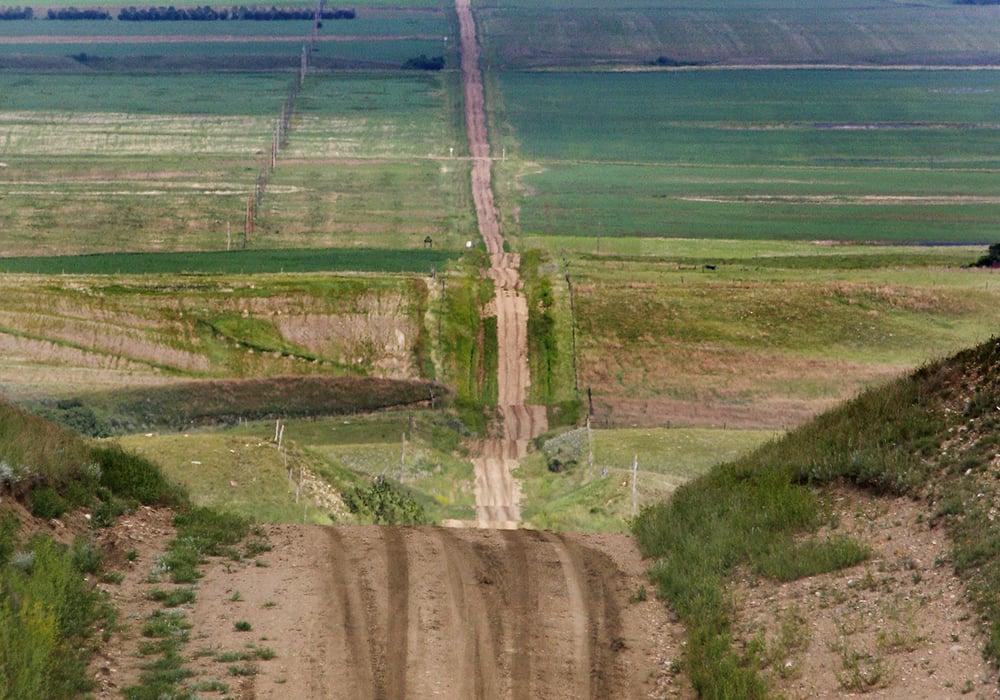The federal and Saskatchewan governments have finally agreed to a land swap that completes the divestiture of former federal pastures that Ottawa began in 2013.
Environment Canada has acquired Govenlock, Nashlyn and Battle Creek pastures in southwestern Saskatchewan and the province gets federal lands and improvements on 55 other former federal pastures that are now operated by producers.
The deal means patrons of the three pastures can continue to use them as they have for decades, although with Environment Canada as the landlord, rather than Agriculture Canada through the Prairie Farm Rehabilitation Administration.
Read Also

Phosphate prices to remain high
Phosphate prices are expected to remain elevated, according to Mosaic’s president.
The Saskatchewan government inherited 60 pastures when Ottawa announced it was ending its community pasture program but the three in the southwest got caught up when some federal property was unable to be transferred by law.
Randy Stokke, a Govenlock patron and a Saskatchewan Cattlemen’s Association director, said ranchers are happy the deal is done because they were tired of worrying about it but still have concerns about the future.
The grazing term, or licence to occupy, is only for 15 years. Ranchers had an interim agreement for the past season, so there are only 14 years remaining.
After that, he said, Environment Canada has said it would be willing to negotiate on only five-year terms.
“They want to go to a shorter term because that’s how the government works. Everything is budgeted on five years,” he said. “We need long-time security there. It’s pretty hard to plan your financing and that if you’re buying cows to get in the business and you only have a five-year permit to graze.”
Stokke said ranchers don’t yet know what type of research and conservation work the department intends to carry out on the land. He said officials have pledged to work co-operatively with them and he said it was “refreshing” to hear federal environment minister Jonathan Wilkinson acknowledge the importance of grazing to the health of the prairie habitat.
“That’s been a long time coming to actually have an environment minister say that,” he said.
Stokke added he hopes the department believes this is now sufficient protection for species at risk and habitat. Environment Canada has acknowledged that livestock grazing mimics traditional disturbance by bison.
“That’s what my worry is, that they’ll keep trying to put more and more layers of protection here when it’s not needed,” he said.
In a sense, the patrons of the three southwestern pastures took one for the team because those using the other pastures were able to form grazing corporations and now have the ability to use yard sites, fences, barns and corrals within those pastures.
Patrons in Nashlyn and Battle Creek had been organizing corporations with intent to lease from the province when they learned that their pastures, which border Govenlock, would be involved in the land exchange. Govenlock was entirely non-reversionary and its transfer to Environment Canada was announced in 2015.
The land exchange was proposed in 2017 as a way to retain efficiency within the former federal pastures.
Environment Canada said it will manage the pastures for conservation of species at risk and migratory birds while retaining grazing. The three pastures comprise 800 sq. kilometres and are home to 10 species at risk: swift fox, Sprague’s pipit, chestnut-collared longspur, McCown’s longspur, greater sage grouse, burrowing owl, ferruginous hawk, mountain plover, long-billed curlew and northern leopard frog.
The lands involved in the exchange are valued at $64 million each.
Stokke added time will tell how the arrangement affects cattle numbers in the area and how producers operate.
“All indications are they’re willing to work with us,” he said, adding common sense is required.
















